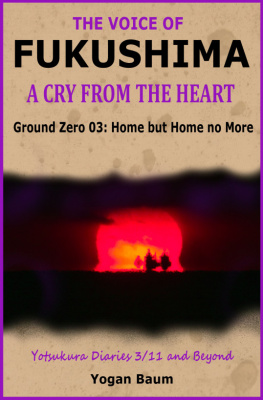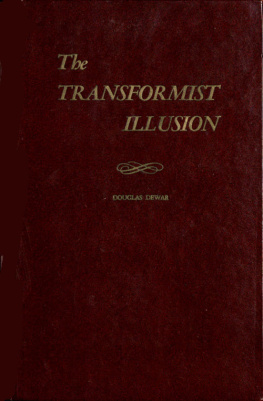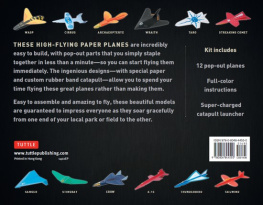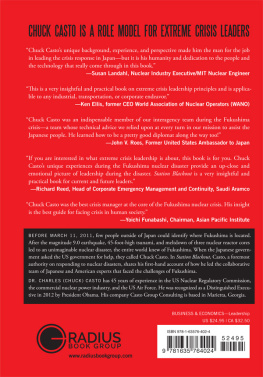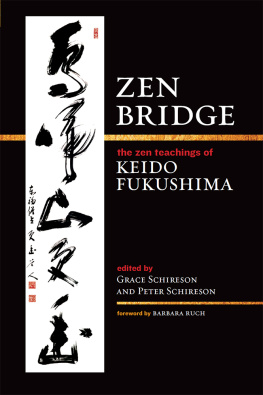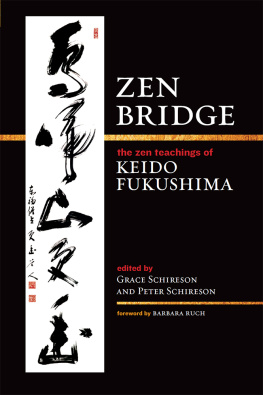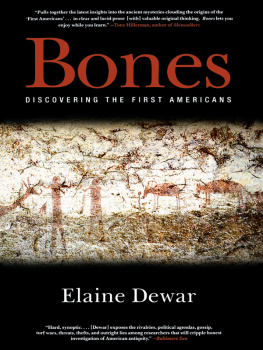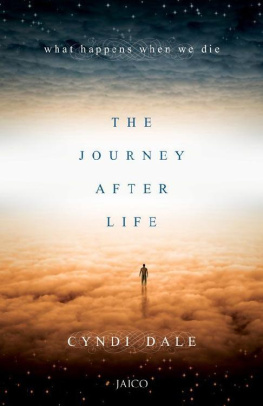2014 Dale Dewar and Florian Oelck
First published in 2014 by
Between the Lines
401 Richmond Street West
Studio 277
Toronto, Ontario M5V 3A8
Canada
1-800-718-7201
www.btlbooks.com
All rights reserved. No part of this publication may be photocopied, reproduced, stored in a retrieval system, or transmitted in any form or by any means, electronic, mechanical, recording, or otherwise, without the written permission of Between the Lines, or (for photocopying in Canada only) Access Copyright, 1 Yonge Street, Suite 1900, Toronto, Ontario, M5E 1E5.
Every reasonable effort has been made to identify copyright holders. Between the Lines would be pleased to have any errors or omissions brought to its attention.
Library and Archives Canada Cataloguing in Publication
Dewar, Dale, 1944, author
From Hiroshima to Fukushima to you: a primer on radiation and health / Dale Dewar and Florian Oelck.
Includes bibliographical references and index.
Issued in print and electronic formats.
ISBN 978-1-77113-127-8 (pbk.). ISBN 978-1-77113-128-5 (epub).
ISBN 978-1-77113-129-2 (pdf)
1. Radiation Health aspects. I. Oelck, Florian, 1986, author II. Title.
RA1231.R2D49 2014 363.17'99 C2014-900287-4
C2014-900288-2
Cover design by Gordon Robertson
The research and writing of this book was made possible through generous support from the Physicians for Global Survival.
Between the Lines gratefully acknowledges assistance for its publishing activities from the Canada Council for the Arts, the Ontario Arts Council, the Government of Ontario through the Ontario Book Publishers Tax Credit program and through the Ontario Book Initiative, and the Government of Canada through the Canada Book Fund.
To the hundreds of thousands of people whose lives have been adversely affected by ionizing radiation: victims of atomic bomb testing and use, experimental medical use, and nuclear power plant accidents. And to the thousands who have benefitted through medical or industrial use.
D.D.
For my mom, Dr. Elke Steinmann-Oelck, who lost her battle with breast cancer in 2012 while we were writing this book. All that I am or ever hope to be, I owe to my angel mother. Abraham Lincoln
F.O.
Preface
T HIS BOOK was researched and written with the generous financial support of the Physicians for Global Survival (PGS), the Canadian affiliate of International Physicians for Prevention of Nuclear War (IPPNW). As such, it is cautionary with regard to ionizing radiation. It provides a forum for the historic voice of medicine, rooted in Hippocrates: first and foremost, do no harm.
Education is crucial to understanding the effects of ionizing radiation on human health and the environment. PGS and its global affiliates through IPPNW are at the forefront of a campaign to provide information for both the general public and policy-makers.
The twentieth century has seen a military-industrial love affair with the power of the atom. By the 1970s, there were 67,000 nuclear bombs located largely in Russia and the United States. While most of these were pointed at one another, they were enough to destroy the planet thousands of times over. At that time, physicians became concerned. It was clear that in the event of a nuclear war, their clinical skills, which were so highly regarded in other emergency situations, would have no value. There could be no medical response.
Cardiologist Dr. Bernard Lown was the US inventor of an electrical defibrillator for the heart. He was also an early opponent of the nuclear arms race, who, along with Dr. Helen Caldicott, an Australian pediatrician who was then a professor at Harvard, founded Physicians for Social Responsibility. Dr. Lown found his counterpart in fellow cardiologist Dr. Yevgeniy Chazov, Deputy Minister of Health in Russia. In 1980, the two men met in Switzerland where they cofounded IPPNW. By the time the organization was awarded the Nobel Peace Prize in 1985, there were more than 135,000 members in forty-one countries. They subsequently brought sufficient pressure to bear upon presidents Mikhail Gorbachev and Ronald Reagan for the two of them to meet in Iceland in 1986. Negotiations began that eventually led to the end of the arms race and a reduction in the total number of nuclear weapons in the world. Although destruction of the stockpile eventually stalled, IPPNW and its affiliates have continued to press for complete abolition.
For years, despite concerns about nuclear proliferation, IPPNW remained a cautious supporter of nuclear power. Following several catastrophic nuclear events, the organization reversed its opinion. On the heels of the accident at the Three Mile Island nuclear power plant near Harrisburg, Pennsylvania, in March 1979, the Chernobyl nuclear disaster in April 1986 affected a large population and several countries. Physicians were on the frontline during Chernobyls aftermath. While they were caring for victims suffering from the effects of radiation, they gathered information and performed research. They hoped to present their findings at the 1996 International Atomic Energy Agency (IAEA) and United
The secrecy surrounding information and decision-making meetings and the undemocratic suppression of clinical information that contradicted the IAEAs position that only four thousand people had or would die as a result of the accident led enough physicians, by 1998, to conclude that the political, health, and environmental risks of nuclear power were high enough that it should be phased out. That year, IPPNW tabled a motion opposing nuclear power. Since uranium has only two uses, nuclear power and nuclear weapons, the organization called for an end to uranium mining in 2010.
Most physicians have really only begun to educate themselves about ionizing radiation beyond limiting the use of x-rays. Just as physicians and the general public recognize that climate change in the form of global warming will have enormous impacts on health, a media campaign has been unleashed by the nuclear industry, claiming that nuclear power is safe and green. How does one sort out fact from fantasy?
In writing this book, we discovered that almost no one was neutral with respect to nuclear power; biases tended to extend to the research being conducted as well. This challenged us to look beyond the abstract or the conclusions of any one study and to review other work by the same author or to find out who commissioned the study, book, or news release. While this book was commissioned by PGS, the material presented herein is based upon good, evidence-based science. The scientific material has been cross-referenced by consultation with nuclear industry websites such as that of the World Nuclear Association. We wanted to produce a text where the facts could be trusted. Readers may disagree with one another and with us about what to do with the information. One reviewer commented, The book is biased, but there is nothing wrong with the facts.
We give you permission to skim through the book, reading only the case studies at the beginning of most of the chapters. They tell the stories of companies, governments, and people that have been touched by ionizing radiation. We hope you also enjoy the book. If it inspires you to learn more or take action to prevent increasing personal or environmental ionizing radiation, our aim in writing the book will have been met.







